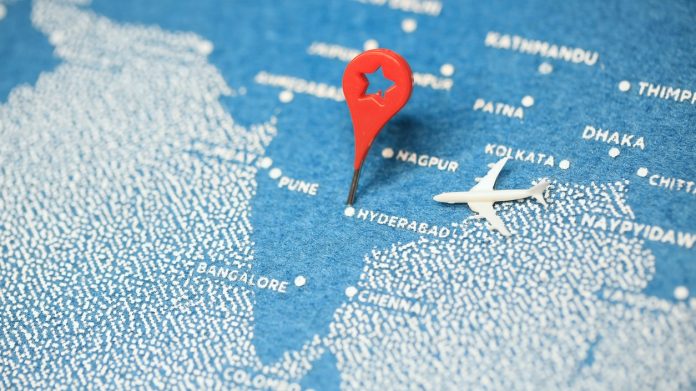Mixed messages are coming from India on whether or not, and how quickly, inbound medical tourism is recovering.
The Trade Promotion Council of India claims that hospital chains in the country have begun to see a revival in medical tourism amidst easing international travel restrictions, as the Covid-19 threat seems to be receding. Examples of recovery include:
- Fortis Healthcare: the contribution of medical tourism to the hospital chain’s general hospital revenues improved to 5.9% throughout the quarter ended December 2021 from 3.8% in the preceding quarter.
- Max Healthcare: income from worldwide medical tourism was up 68% in the most recent quarter.
The Council has stated that while the share of overall revenues may be less, yields from medical travellers are high. The average revenue per occupied bed from medical travellers is 50% higher than the patient on a central government health scheme, and 20%-30% higher than the average insurance patient. Hospitals also get upfront payments from these patients, helping their cash flows.
However, other reports suggest that the above may be spinning the story. The Indian travel industry says it may take until 2023 for medical tourism to reach pre-Covid levels. There continue to be international travel-related restrictions and patients in Europe remain wary of travelling. 20% of medical tourists coming to India used to be from Afghanistan, but now hardly any Afghani is going for treatment due to uncertain political and economic conditions, and the Taliban not paying for or allowing overseas treatment.
Apollo Hospitals, a leading hospital chain in the country with more focus in the South, said revenues from medical tourism remains slow, at half of 2019 levels.
While corporate hospitals earned 10-15% of their total revenue from medical tourism in the pre-Covid period, Manipal Hospitals has reported that 10-12% of total revenue came from medical tourism. During the first pandemic wave, revenue came to nearly zero because air traffic had come to a halt. Business is now at 50-60% of the pre-Covid levels with most of the recovery from Bangladesh. There are small numbers of patients from Tanzania but nowhere at the same level of three or four years ago.
The Association of Healthcare Providers (India), AHPI, reports that European nationals used to find it attractive to buy healthcare services in India owing to cheaper prices but Covid has changed that with few European patients, partly due to fear of infection and many countries still not allowing travel to India.
AHIP also points out that the world is also experiencing an economic crisis, and many international patients are reassessing if they can afford the cost of medical tourism – with currency fluctuations increasing the real cost to Europeans.








 ©2024 All rights reserved LaingBuisson
©2024 All rights reserved LaingBuisson 


